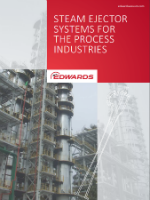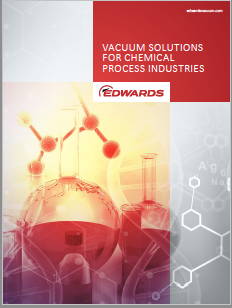Steam Ejectors
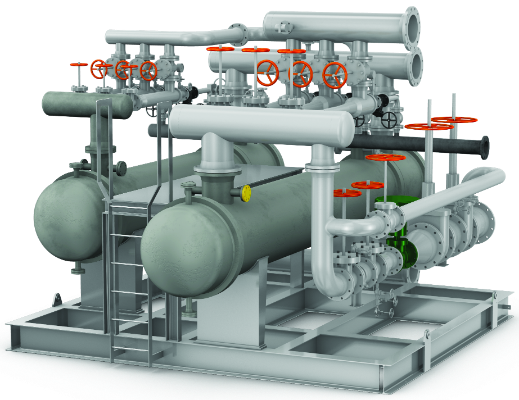

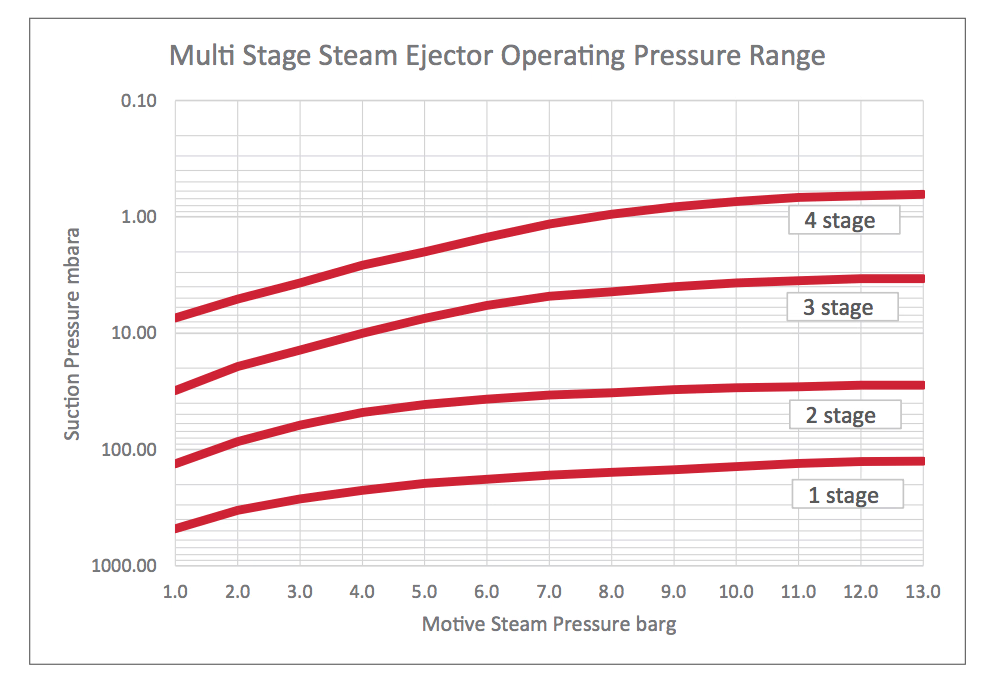
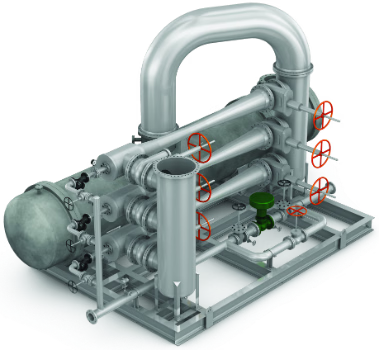
Steam Ejector technology is applied across all sectors of the process industry from huge capacity vacuum distillation units (VDU’s) for petrochemical refineries to simple single stage models for reactor evacuation in chemical manufacture.
- Refinery vacuum systems
- Vacuum distillation units
- Flash evaporator for seawater desalination
- Edible oil processing
- Polymerisation
- Crystallisation
- Evaporative cooling
- Dewatering of fuel oils
- Chemical reactor evacuation
- No moving parts – low maintenance regime and spares inventory
- Able to handle high vapour loads without risk of cavitation
- Large internal clearances – low risk of blockage due to fouling
- Tolerant to liquid slugs and process upsets – no requirement for expensive knock out pots
- No suction capacity limitation – eliminates multiple operating trains
- No inlet temperature limitations
- Materials of construction to suit process requirements
- Low capital cost relative to rotating equipmente.
- In house process design software
- Autodesk Inventor 3D CAD system, HTFS, Finglow
- Collaborative design process ensures optimum system performance
- ISO 9001 QA certification
- Compliant to international standards and design codes
- UK design and project and contract management
- Global procurement to suit specific project requirements
- Brief description of the purpose for which the equipment is required
- Suction flow
- Composition and molecular weight
- Suction temperature and pressure
- System volume and evacuation time
- Motive steam normal and minimum pressures available as with maximum
- Temperature if steam is superheated
- Cooling water temperature and pressure
- Installation type barometric or low level
- Preferred condenser type direct or indirect
- Applicable design codes
Direct contact or jet condenser
These operate by condensing the steam through direct contact with the cooling water, jet condensers typically use less cooling water than surface type but as the condensed vapours are in direct contact with the cooling water the treatment of the resulting effluent must be considered.
Surface condensers
Shell and tube type surface condensers can also be used as inter and after condensers, the key benefit being that as the cooling water is not in contact with the condensate then the potential effluent problem is greatly reduced.
Hybrid Systems
Multi stage systems can be designed utilising a liquid ring pump instead of the final stage ejector, this enables large vapour flows to be handled by the steam ejector system whilst significantly reducing the steam consumption and operating costs.
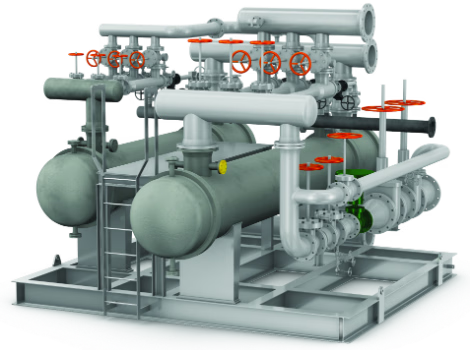
EDWARDS THE PARTNER OF CHOICE
Edwards is a world leader in the design, technology and manufacture of vacuum equipment with over 95 years’ history and more than 75 years’ manufacturing experience.
Edwards believes in delivering results that bring value to our customers by using our breadth of industry experience to identify and apply solutions to your problems. Using the most innovative and up-to-date modelling techniques, we can optimise the pumping configuration for customers to provide a system design giving the maximum performance in the most reliable and cost-effective way
